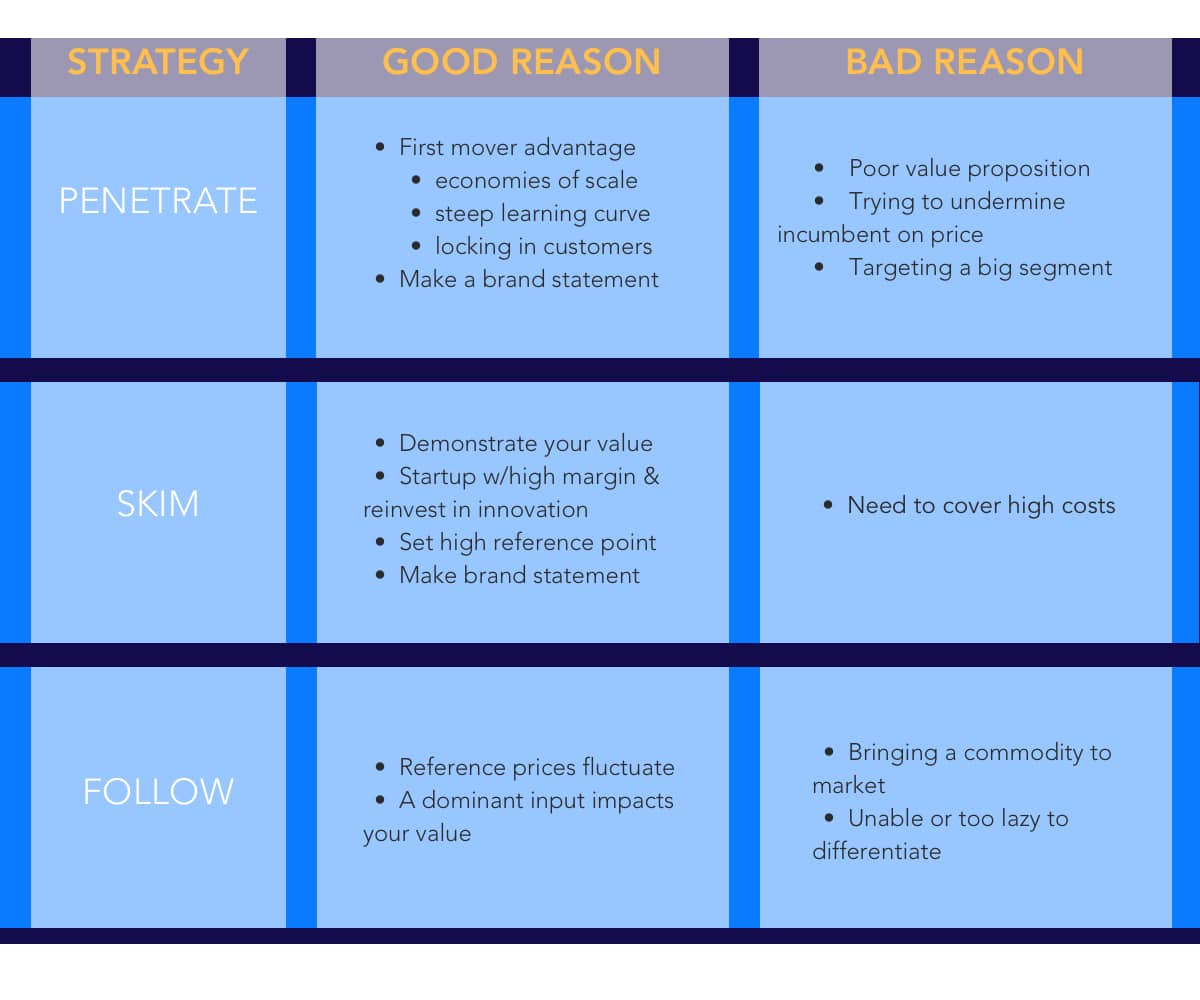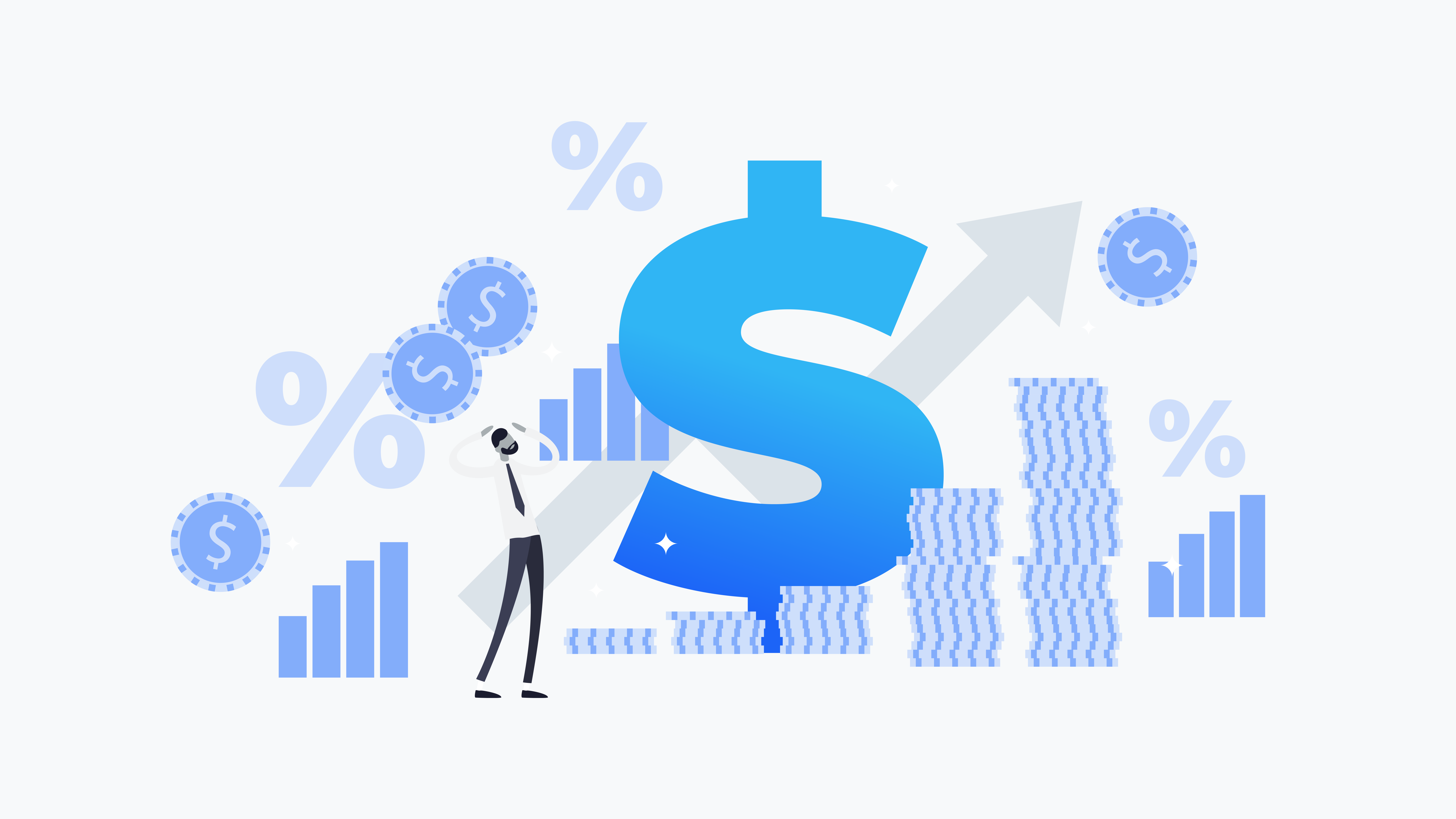Optimize Profits With Proven Prices Technique Methods
In today's affordable industry, the ability to optimize revenue via efficient rates methods is vital for sustained company success. Methods such as value-based pricing, vibrant prices, and extensive market analysis can substantially boost a firm's monetary efficiency. Understanding consumer perception and leveraging information analytics for nimble prices changes are vital components of this strategy. Nonetheless, the complexities of properly implementing these strategies can present obstacles that call for careful factor to consider. Discovering these approaches even more discloses not only their possible benefits however additionally important insights that might improve your pricing technique.
Understanding Customer Perception
Comprehending consumer perception is crucial for establishing reliable pricing methods. It affects how consumers assess an item's worth, high quality, and total appearance. Companies need to identify that clients usually base their determination to pay not exclusively on the item's inherent characteristics however likewise on mental variables, including brand name reputation, social condition, and regarded scarcity.

Additionally, business should consider the duty of rates psychology, such as beauty pricing or cost anchoring, which can considerably impact client habits. Comprehending these perceptions allows companies to mount their rates techniques in a way that straightens with customer expectations while optimizing productivity.
Including customer assumption right into prices strategies not just aids in establishing affordable rates yet also cultivates brand name commitment, as consumers feel understood and valued. Eventually, a nuanced understanding of customer understanding can result in lasting income development and improved market positioning.
Analyzing Market Trends
To create an efficient rates technique, assessing market fads is necessary for companies aiming to stay competitive. Comprehending the characteristics of market fluctuations allows companies to make educated choices concerning rates modifications, product launches, and source allotment - Pricing Strategy. By checking consumer habits, financial indicators, and industry developments, services can recognize patterns that educate their pricing frameworks
Seasonal patterns can supply insights into optimum prices during peak and off-peak durations, permitting for calculated discounting or advertising prices. Furthermore, maintaining an eye on technological developments can help recognize possible threats or opportunities that might affect rates methods.
Utilizing information analytics tools can boost the accuracy of fad analysis, providing beneficial insights that facilitate dexterous decision-making. Firms should likewise think about conducting regular market study to confirm presumptions and adapt to progressing consumer choices. By leveraging these understandings, companies can not just enhance their rates methods however also strengthen their general market position, making sure long-term productivity and growth.
Affordable Pricing Approaches
A competitive rates technique is crucial for organizations intending to acquire a side in a crowded market. By examining rivals' rates structures and market positioning, business can purposefully set their costs to draw in consumers Check Out Your URL while preserving profitability. This strategy calls for a detailed understanding of both the competitive landscape and customer assumptions of worth.
One efficient method is price matching, where an organization provides to match or defeat a rival's rate. This technique can improve client commitment and encourage sales, particularly in price-sensitive markets. Additionally, penetration prices can be used to record market share by at first setting rates less than rivals, luring consumers to attempt the product and cultivating brand awareness.
Moreover, businesses can execute emotional rates strategies, such as rates products just below a round number (e.g., $9.99 as opposed to $10 - Pricing Strategy.00) This can produce the perception of a better deal, affecting consumer behavior
Inevitably, a successful competitive prices technique stabilizes the demand to stay appealing to customers while guaranteeing that the prices design lines up with the company's total purposes. On a regular basis examining and readjusting pricing in action to market changes and competitor activities is vital for continual success.
Value-Based Rates Methods
Value-based prices strategies concentrate on setting rates largely based on the viewed worth of a product or service to the consumer, instead of exclusively on production prices or competitor prices. This approach needs a deep understanding of consumer needs, choices, and the one-of-a-kind benefits that the product and services offers. By determining the specific value drivers that reverberate with consumers, businesses can develop pricing strategies that show the real worth of their offerings.
To apply value-based prices effectively, business have to engage in extensive marketing research, including consumer surveys and focus teams, to collect insights right into customer assumptions. In addition, services need to section their consumer base to tailor rates methods that line up with various value perceptions throughout segments.
Communication plays a vital duty in value-based pricing; companies need to verbalize the distinct value recommendation plainly to warrant the cost factor. view publisher site Ongoing evaluation and change are essential, as client perceptions of value might change over time due to market characteristics or competitive actions. By prioritizing value in rates approaches, companies can improve customer contentment, boost loyalty, and inevitably enhance earnings.
Dynamic Prices Models

Dynamic prices leverages advanced algorithms and information analytics to keep track of competitor pricing, customer habits, and inventory degrees. By dynamically readjusting costs, services can maximize profits, maximize profit margins, and react promptly to adjustments in the marketplace. Airline companies commonly employ this version to readjust ticket prices based on variables like continuing to be seats, time until departure, and competitor rates.
However, the implementation of dynamic rates must be come close to with care. Transparent interaction with customers is crucial to preserve trust and stay clear of perceptions of unfair rates techniques. In addition, organizations must make certain that their rates algorithms are not extremely intricate or nontransparent, as this can lead to customer frustration.
Eventually, when executed thoughtfully, dynamic rates designs can provide companies with a significant competitive advantage, enabling them to capitalize on market possibilities while satisfying client assumptions in a quickly transforming economic landscape.
Verdict

Methods such as value-based prices, vibrant rates, and comprehensive market evaluation can considerably improve a firm's financial performance. Seasonal patterns can offer understandings into ideal prices throughout peak and off-peak periods, enabling for critical discounting or promotional pricing.Dynamic pricing leverages sophisticated formulas and information analytics to keep an eye on rival prices, customer behavior, and stock degrees. By understanding customer assumption, examining market fads, and applying competitive pricing methods, companies can properly straighten their pricing with consumer expectations. basics In addition, value-based rates and dynamic rates versions enable organizations to respond agilely to market changes.